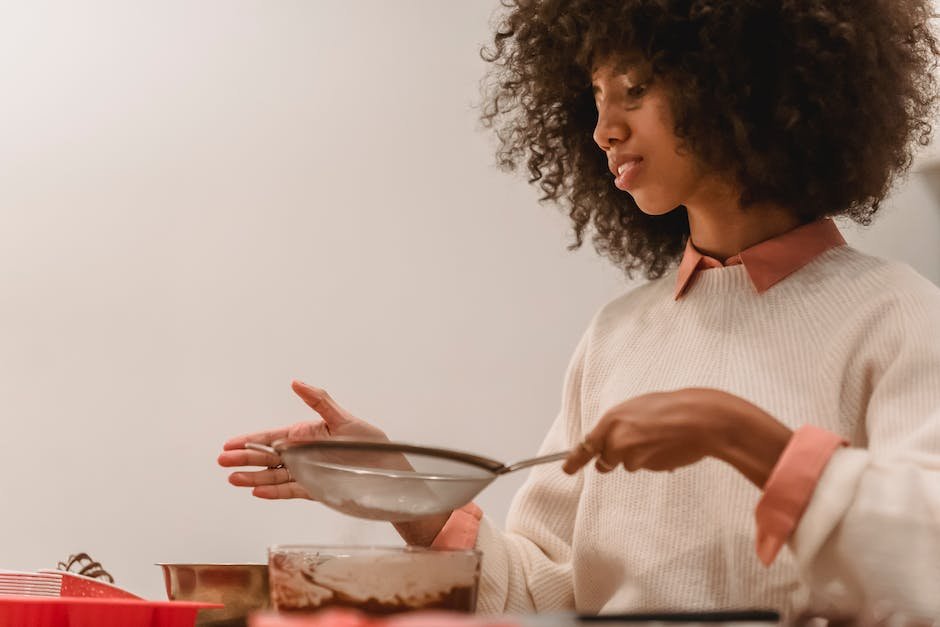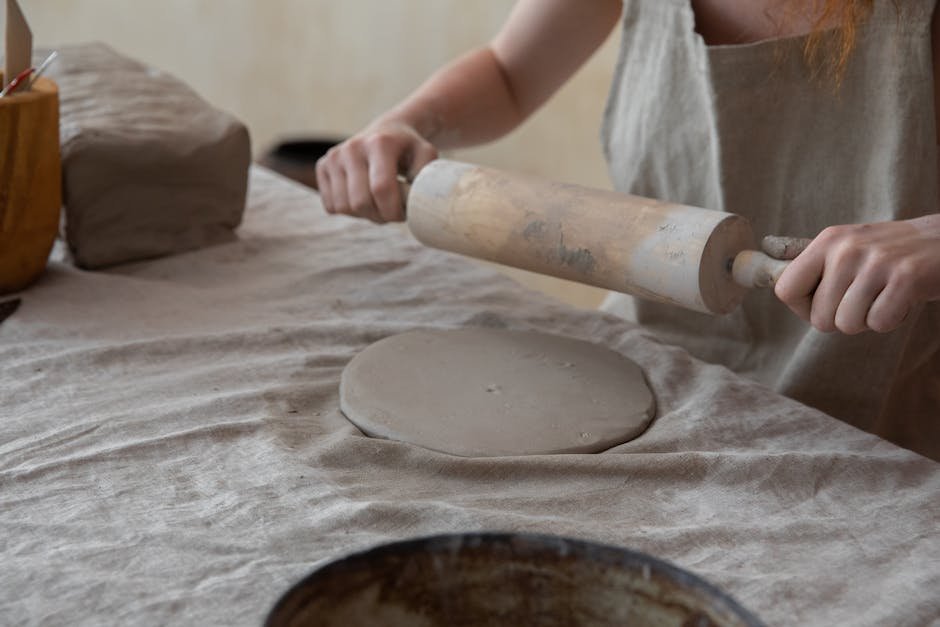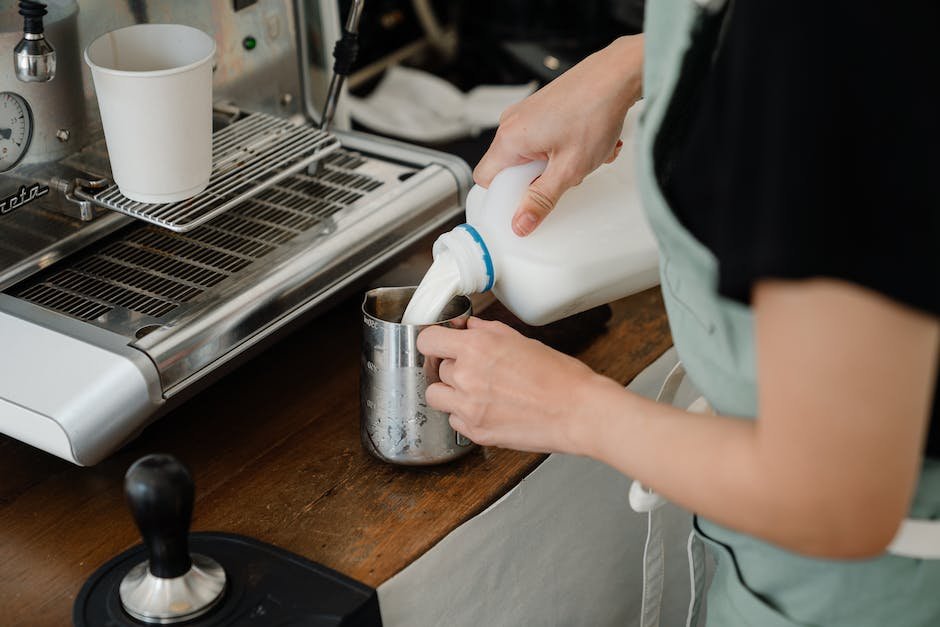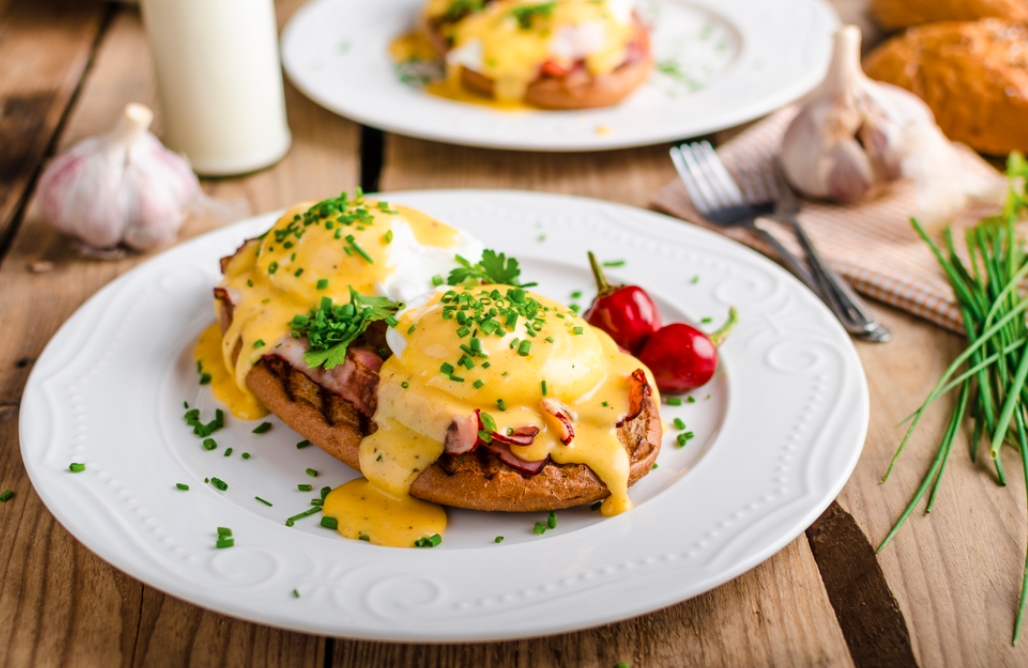This article will teach you how to make your own lumpia or Filipino deep-fried snack wrappers! They’re also known as egg roll skins, spring roll wraps, or even phyllo rolls.
Many people get dessertly hungry while eating lumpia so we thought why not have some easy snacks for them?
These soft, crispy, thin sheets can be used in many ways; as an appetizer, side dish, or main course. You can either fry them like we do here at our restaurant or bake them as well.
They are great additions to any meal because they can be dipped into sauces and/or toppings of your choice. We recommend using rice or corn tortillas since they taste more authentic but use what you prefer.
We will assume that you have basic cooking skills such as making stir fries and frying foods before. If you don’t these things may take a little bit extra time to master but aren’t difficult.
Mix the dry ingredients together

The first step in making lumpia or fried rice rolls is mixing your wrapper dough. You will need: lukewarm water, butter (melted), dried bread crumbs, rice flour, and salt.
The ratio of each ingredient should be noted as well because these do not mix into one another. For example, you cannot use too much melted butter or the dough will not roll properly.
Also, make sure to whisk all the dry ingredients together thoroughly before adding the wet ones. Once mixed, knead the dough until it forms a smooth texture.
As with any kind of baked goods, your rolling machine or hands can become warm. Therefore, saran (sesame seed) powder may be sprinkled onto your hands so that they do not burn when dipping the filling into the dough.
Make the batter
In making the dough, you will need: 1 cup of rice flour, ½ teaspoon baking soda, and ¼ teaspoon cream of tartar (discussion) in a bowl.
To make the fat into balls, use a two-cup measuring cup with a plastic blade attached. Cut off a small piece of the plastic sheet to use as an empty sleeve for your hand. Scoop out some of the soft butter and shape it into a ball. Repeat this process until all the needed fats are used up.
Next, mix together the dry ingredients in a separate mixing bowl! To ensure that the dough is not over mixed, test one drop at a time and see if they come together properly before adding more.
Once everything is combined, turn the mixture onto a floured surface and roll or press out the dough to about a quarter inch thick. Use the empty sleeve to cut lumps of dough, then wrap them around the middle filling. Press the edges down to seal and fry away!
General tips: remember to heat the oil to 375° F before frying the wrappers! Also, do not overcook the wrapper because it will break down when fried and be hard to eat.
Make the filling

One of the most popular snacks in the Philippines is lumpiang umami, or Filipino noodle rolls. These are made with rice flour dough that is cut into thin strips and then folded over to form square-shaped wrappers that can be cooked like pasta or wrapped around meat or vegetables as an entrée.
The stuffing used for these roll-ups varies wildly depending on what kind of food you’re making them for and what ingredients you have on hand. But one type of filling always makes a good run at least once in every batch! That filling is sweet potato mixed together and rolled into balls.
These sweet potato balls are called kalamansi (the sour citrus flavor they pack) in Tagalog. Because they’re tangy from the fresh lemon juice, they go well with other salty foods like chicken or pork.
Roll and fry
In cooking, there are many different types of foods that require you to start with a raw ingredient or element. For example, pasta is not made until you add water to it! Therefore, before we make our lumpias, we must begin by making the wrapper.
To make the rice paper, mix together 2 cups of warm water and 1 teaspoon of baking soda in a medium-sized bowl. Set aside.
Now, place your dehydrator tray in the oven and heat up to 250 degrees F. When ready, pour one cup of the rice milk into the preheated pan and spread out evenly across the surface. This will take about 5 minutes for the milk to dry down and set.
Once done, pull the trays lid off and cut the milk solid into thin sheets using a knife. You can now lay these sheets side by side and roll them up like a wrap.
After rolling up the sheet as tight as possible, apply some butter all over both sides. Now, roll this roll up like a snake and slice it into slices.
Heat up a frying pan to very hot and add enough oil to coat the bottom. Once heated, drop in a few pieces of sliced dough and cook each piece for about 30 seconds per side, or just until golden brown.
Remove from heat and let cool slightly before serving. If needed, reheat in the oven at 200°F for small amounts or 250°F for larger batches.
Eat and enjoy!

Having enough leftover wrapper dough can be a hassle since you will have to either throw it out or save it for later. Do not worry, however, as there are many ways to use this left over mixture!
You can mix in herbs and spices and roll them into snacks or snack-sized meals. You can even make your own pizza crust if you like!
Leftover filling recipes include meat rolls, ground beef patties, chicken salad, and more. If you are looking to reduce stomach acid or digestive issues, then using cooked rice instead of wheat flour is better than using white bread alone.
Share your deliciousness!
When it comes to lumpia, there are two main types- filling lumpias and wrapper-lumpians. There is some variation in how they are made, but either type can be very creative.
Making filling lumpias or stick-lumpies requires more ingredients than making plain rice rolls or spring roll wraps. They call for meat or vegetarian fillings such as chicken, shrimp, vegetables, etc.
Making a good lumpie depends mostly on having enough wrappers. A perfect number of wrappers is one box per person (we recommend the Asian Kitchen Silpat Bisket Rolls because you get a lot!).
That’s why most people make their own homemade wrappers. If you are ever struggling with what kind of recipe to try, hop onto the internet and search recipes.
Tips for making lumpia

In Filipino cuisine, there are many different types of rice dishes that get enjoyed year round. Some of these include pinquito (rice flour balls with tomato sauce) and karek-ekdok (lumpiang tsambal, or spicy fried rice).
One type of rice dish that gets less attention is the lumpia — also known as egg roll in some countries. A lumpia is basically an Asian spring roll made of soft, fluffy rice mixed together with other ingredients like meat, vegetables, and seasonings.
The mixture is shaped into thin sheets which are then rolled up like an Italian pasta shape called elfino. These rolls are usually deep-fried until golden brown and crispy so they’re quite the taste treat!
Lumpianis are typically seasoned with salt, pepper, oil, and sometimes additional flavorings such as chili powder or garlic. They can be either plain or have one of several possible toppings, including pickled carrots, cabbage, tomatoes, and more.
While most people know how to make fluffier, thinner lumpias by using colder boiling water, making them softer and potentially better tasting, there are two slightly harder ways to do it. Both of these recipes use warmer water than the usual method, but we will talk about those later.
Use butter or oil for frying

When making lumpia, one of the most difficult things is deciding what kind of fat to use when frying them. There are two main types of fats that can be used in food recipes – olive oil and melted stick/soft cheese such as cream cheese.
Olive oil is your best bet if you want to have healthier fried foods since it contains some important vitamins and minerals. However, it will not set properly unless it is cold-the very thing that makes the dough soft and stretchy while rolling it up! If you do not have chocolate sauce to coat the finished product, then using olive oil may not work.
Melted cheese is another good option because it does not require heat to use; you can just whisk it into the cooked rice and roll away! The trick is finding the right type of cheese of layer to use.
We recommend lowfat ricotta salata cheese, chopped up and spread onto the raw rice.

















